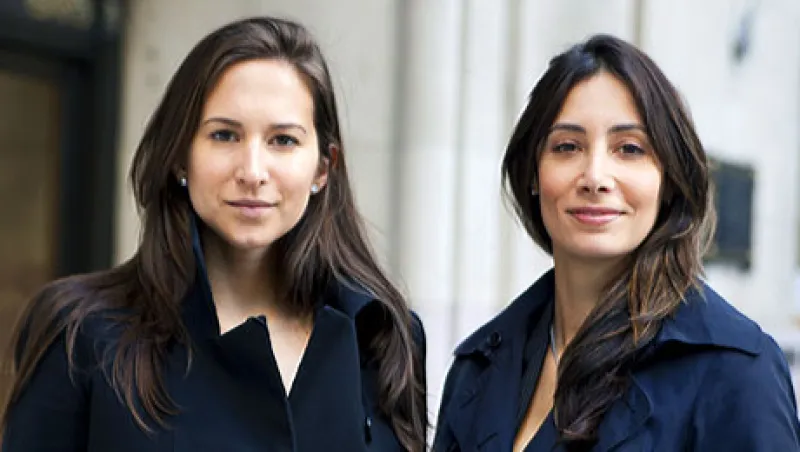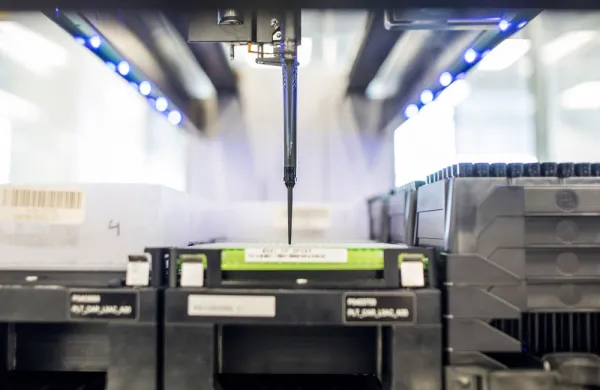On Earth Day, April 22, Michael Bloomberg announced that Bloomberg Philanthropies, the nonprofit, charitable-giving foundation of the former New York mayor and the founder of financial data company Bloomberg, had committed $5 million to Little Sun, the group’s first impact investment. The Berlin-based company designs portable solar-powered lamps for people living off the grid in Africa, where death from breathing in toxic fumes from power and heat sources is common.
Impact investing, and its close cousins social finance and venture philanthropy, is having a moment. The idea of investing with an eye to achieving both investment gains and social or environmental good — and sometimes both — has become popular with a core set of investors and philanthropists.
Investor allocation to social good is growing by the generation. A September 2013 report on impact investing published by the World Economic Forum in collaboration with Deloitte Touche Tohmatsu, citing data from the Global Impact Investing Network and J.P. Morgan, found that the largest allocators to impact funds were family offices and high-net-worth individuals. The same survey estimated that Gen Xers and Millennials are posed to inherit an estimated $41 trillion from their baby boomer parents. As an indication of just how important Millennials — those born in 1982 or later — consider impact investing, the same survey showed that a majority of the 5,000 people across 18 countries who were polled in that demographic ranked “to improve society” as the No. 1 priority of business. The World Economic Forum report has caught the attention of wealth advisers and private banks, which are eager to build out their social capital offerings.
Investment and funding of socially beneficial entrepreneurship have contributed to the emergence of boutique financial advisory firms specializing in this segment of the capital markets. Among the newest of these firms is New York–based Madeira Global, co-founded in 2012 by Christina Alfonso and her business partner Alexandra Peterson Cart. Alfonso, who previously worked as the director of sustainable investments for São Paulo firm World Wide Investments and as a senior private client associate at AllianceBernstein, says she spotted the need for a firm that can customize social impact offerings to a client’s specific needs and interests. Institutional Investor Senior Writer Imogen Rose-Smith recently caught up with Alfonso to talk about impact investing and social entrepreneurship.
Institutional Investor: Why the groundswell of interest in impact investing?
Alfonso: Principally, the economy has had investors looking for alternative places to put money to work. Impact investing intersects with philanthropy. A traditional philanthropist’s approach would be to reach this goal by way of philanthropic capital. On the other hand, a traditional investor may view impact investing as a form of social venture capital: profit-seeking but with the intended measurable outcome being social or environmental change.
Does this interest in achieving social or environmental change and profit represent a new role for investors?
I would say it is more of a paradigm shift away from governments and nongovernmental organizations, which, historically speaking, have had to bear the burden of driving change. Now the profit-conscious business model has come to center stage. These businesses are being set up to create products or services to maximize social change. The likes of eBay’s Pierre Omidyar and Jeff Skoll and Microsoft’s Bill Gates have come to the fore — that is, billionaires who really understand business and say, “We’d like to contribute to social change, build successful business and support them from an incubation period.”
Is this shift a backlash against the risk-taking nature of investment banks leading into the 2008–’09 financial crisis?
By its very nature, investment is taking on risk for reward, that is, working to mitigate that risk to maximize rewards. There has been a lot of frustration and mistrust surrounding the global banking system. What you are seeing is private investors’ taking matters into their own hands when it comes to providing access to capital. Social entrepreneurs are on the ground. They are the best positioned to create these businesses. Channeling capital to those entrepreneurs is going to be key to any form of economic recovery.
Can investment dollars replace philanthropic giving?
I would never suggest that values-based approaches to investing would replace philanthropy. In fact, they need each other. Philanthropy allows grant capital to plant the seed for budding entrepreneurs.
In addition to its for-profit business, Madeira has a nonprofit that invests in the field. Is it your goal to provide that kind of seed capital?
Never before in history have we seen more innovative financing tools used — or more creative applications to investing. Madeira’s hybrid structure is part of that. We are not unique, however, but part of a group of innovators in the field who are trying to help supply meet demand. We see the need in the marketplace, where aspiring investors are not just looking to the traditional providers of capital for options. They are turning stones over, not only in emerging markets but frontier markets too. That is one of the things that is so interesting about impact: It is truly global.
Given how much of the enthusiasm is from younger people, is the interest from banks and universities in impact investing a way to attract and retain young talent?
World-renowned academic institutions, like Harvard, are really starting to focus their efforts on building out their impact investment programs. You are also seeing the large banks starting to devote resources to impact investing. They can’t afford to miss the boat.
Can impact investing ever truly attract significant interest from institutional money?
It depends on how you define “impact.” If you only see impact as something that is community-based, something like charter schools or even a chain of charter schools, it is limited in scale. I think where institutional capital is trying to find a way into this area will be more in the financing of infrastructure projects, that is, where they can focus on how to identify the opportunity, structure the deal and deploy the capital. You’ll see more investment opportunities, and that will increase the need for due diligence and the elevation of firms that really respect impact investing as a true investment discipline.
So, is impact investing here to stay?
We are still at a very early stage in the industry. Is it an asset class? Is it an investment approach in its own right, or is it simply a style? As the segment becomes more popular, more social entrepreneurs are springing up, and more investors are showing interest.
Follow Imogen Rose-Smith on Twitter @imogennyc.






